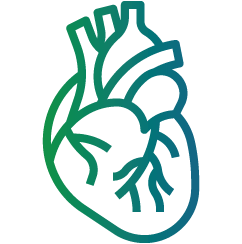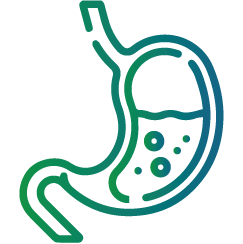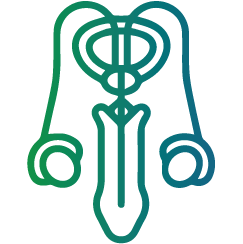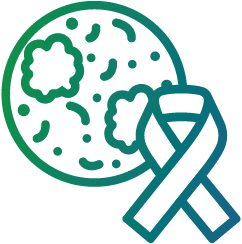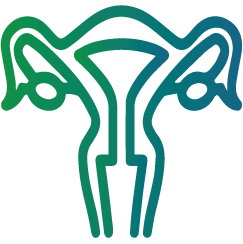Have you ever heard of Legionnaires’ disease? It might sound like something out of a movie, but it’s a real and potentially serious lung infection caused by Legionella bacteria. While not as common as some other respiratory illnesses, Legionnaires’ disease can be quite concerning. This blog post delves into the world of Legionnaires’ disease, exploring its causes, symptoms, risks, prevention methods, and treatment options. With knowledge comes power, and understanding this illness can empower you to protect yourself and those around you.
The Invisible Threat: Legionella Bacteria
Legionella bacteria are the culprits behind Legionnaires’ disease. These gram-negative bacteria thrive in warm, stagnant water environments. Chart 1 illustrates some common locations where Legionella bacteria can grow.
Chart 1: Potential Breeding Grounds for Legionella Bacteria
| Location | Description |
|---|---|
| Cooling towers | Large industrial systems used to cool buildings. |
| Hot water systems | Water heaters and plumbing systems that maintain hot water. |
| Whirlpool baths and spas | If not properly maintained, these can harbor Legionella. |
| Humidifiers and misters | Contaminated water in these devices can pose a risk. |
| Decorative fountains | Stagnant water in fountains can be a breeding ground. |
Legionnaires’ Disease vs. Pontiac Fever:
Legionella bacteria can cause two distinct illnesses:
Legionnaires’ disease: This is the more severe form, causing a type of pneumonia (lung infection).
Pontiac fever: This is a milder illness resembling a flu, with fever, muscle aches, and headaches, but without the lung infection.
Unveiling the Symptoms of Legionnaires’ Disease
Symptoms of Legionnaires’ disease typically develop 2-10 days after exposure to Legionella bacteria. While symptoms can vary, some common ones include:
High fever (often exceeding 102°F)
Dry cough
Shortness of breath
Muscle aches and fatigue
Headache
Chest pain
Gastrointestinal symptoms like nausea, vomiting, and diarrhea
Who is Most at Risk?
Certain factors can increase your risk of developing Legionnaires’ disease:
Age: People over 50 are at higher risk, especially those with weakened immune systems.
Smoking: Smoking damages the lungs, making them more susceptible to infection.
Chronic health conditions: Underlying conditions like diabetes, lung disease, or chronic kidney disease can increase risk.
Immunosuppression: Individuals taking medications that suppress the immune system are more vulnerable.
Protecting Yourself from Legionnaires’ Disease:
Fortunately, there are steps you can take to minimize your risk:
Ask about building maintenance: If staying in a hotel or visiting a public building, inquire about their Legionella prevention measures.
Use caution with hot water systems: If you notice hot water taking a long time to get hot at home, have your plumbing system checked.
Maintain home devices: Regularly clean and disinfect humidifiers, showerheads, and whirlpool baths according to manufacturer’s instructions.
Practice good hand hygiene: Frequent handwashing helps prevent the spread of germs.
Combating Legionnaires’ Disease: Treatment Options
If you suspect you have Legionnaires’ disease, it’s crucial to seek medical attention promptly. Early diagnosis and treatment are essential for a full recovery. Treatment typically involves:
Antibiotics: Doctors prescribe specific antibiotics effective against Legionella bacteria. Treatment may last for several weeks.
Supportive care: This may include pain relievers, fever reducers, and respiratory support (if needed) to manage symptoms.
Hospitalization: Depending on the severity, hospitalization may be necessary for close monitoring and intensive treatment.
Living a Healthy Life After Legionnaires’ Disease
Most people who receive prompt diagnosis and treatment for Legionnaires’ disease make a full recovery. However, in some cases, there can be lingering lung problems. It’s important to follow your doctor’s recommendations for continued monitoring




